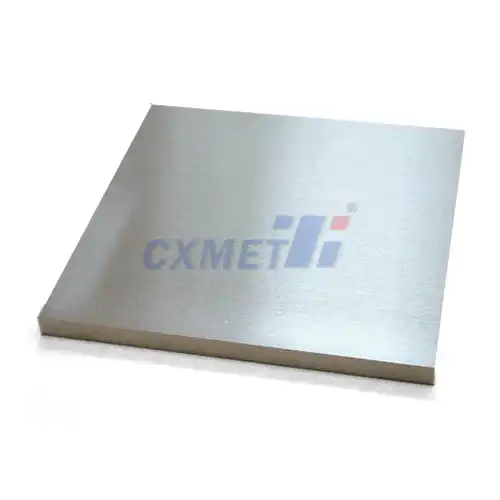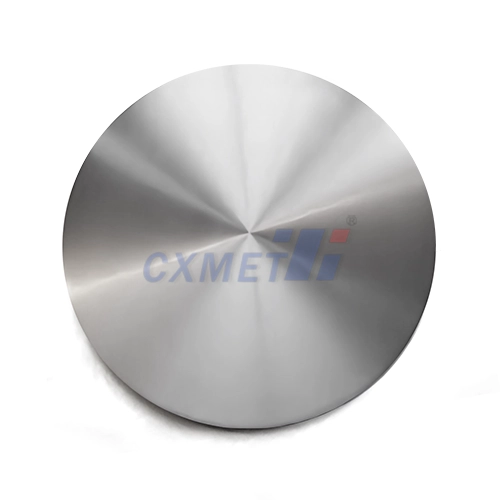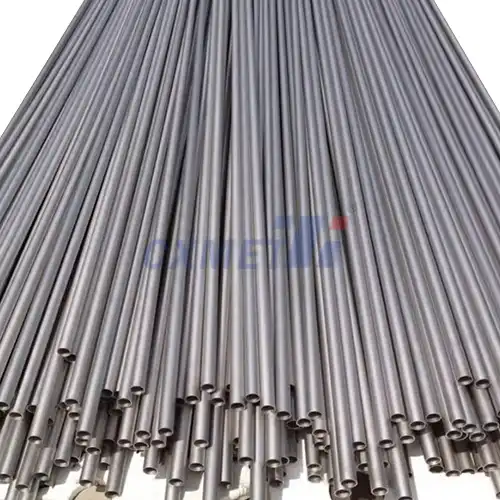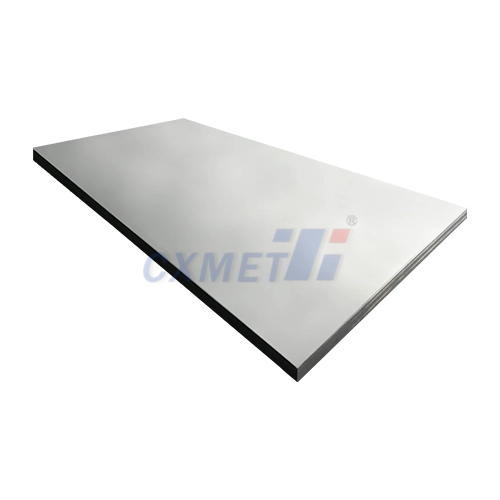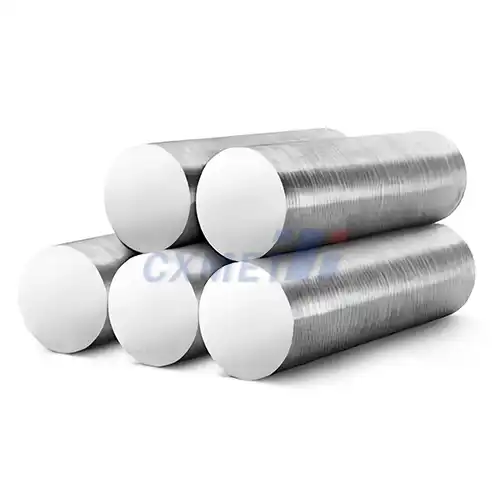- English
- French
- German
- Portuguese
- Spanish
- Russian
- Japanese
- Korean
- Arabic
- Greek
- German
- Turkish
- Italian
- Danish
- Romanian
- Indonesian
- Czech
- Afrikaans
- Swedish
- Polish
- Basque
- Catalan
- Esperanto
- Hindi
- Lao
- Albanian
- Amharic
- Armenian
- Azerbaijani
- Belarusian
- Bengali
- Bosnian
- Bulgarian
- Cebuano
- Chichewa
- Corsican
- Croatian
- Dutch
- Estonian
- Filipino
- Finnish
- Frisian
- Galician
- Georgian
- Gujarati
- Haitian
- Hausa
- Hawaiian
- Hebrew
- Hmong
- Hungarian
- Icelandic
- Igbo
- Javanese
- Kannada
- Kazakh
- Khmer
- Kurdish
- Kyrgyz
- Latin
- Latvian
- Lithuanian
- Luxembou..
- Macedonian
- Malagasy
- Malay
- Malayalam
- Maltese
- Maori
- Marathi
- Mongolian
- Burmese
- Nepali
- Norwegian
- Pashto
- Persian
- Punjabi
- Serbian
- Sesotho
- Sinhala
- Slovak
- Slovenian
- Somali
- Samoan
- Scots Gaelic
- Shona
- Sindhi
- Sundanese
- Swahili
- Tajik
- Tamil
- Telugu
- Thai
- Ukrainian
- Urdu
- Uzbek
- Vietnamese
- Welsh
- Xhosa
- Yiddish
- Yoruba
- Zulu
In which industries is a Slender Stand-Off Aluminum Anode with Cow Horn Tubular Insert commonly used?
2025-07-22 10:25:37
Slender Stand-Off Aluminum Anode With Cow Horn Tubular Insert are specialized components used in various industries for corrosion protection. These anodes are designed to provide effective cathodic protection in challenging environments where traditional anodes may not be suitable. The unique combination of a slender aluminum body with a cow horn tubular insert allows for enhanced performance and longevity in specific applications. This article explores the industries and applications where these anodes are commonly used, their benefits, and the factors to consider when implementing them in corrosion protection systems.
What are the advantages of using a Slender Stand-Off Aluminum Anode with Cow Horn Tubular Insert?
Slender Stand-Off Aluminum Anode With Cow Horn Tubular Insert offer several advantages over traditional anodes in certain applications. These benefits make them particularly useful in industries where corrosion protection is critical and space constraints or environmental factors pose challenges.
Firstly, the slender design of these anodes allows for easy installation in tight spaces or areas with limited access. This makes them ideal for use in offshore structures, pipelines, and other confined environments where larger anodes may be impractical. The stand-off feature ensures that the anode maintains a consistent distance from the protected structure, optimizing the distribution of protective current and enhancing overall effectiveness.
The aluminum composition of the anode body provides excellent corrosion resistance and a high current capacity, making it suitable for long-term protection in harsh environments. Aluminum anodes are known for their ability to deliver consistent current output over extended periods, which is crucial for maintaining adequate cathodic protection.
The cow horn tubular insert is a key feature that sets these anodes apart. This insert is typically made of a highly conductive material, such as copper or a copper alloy, and serves multiple purposes. It enhances the anode's current distribution, improves its overall efficiency, and helps to prevent premature consumption of the anode material. The tubular shape of the insert also allows for better current flow and can help to extend the life of the anode.
Another advantage of these anodes is their versatility. They can be used in both seawater and freshwater environments, making them suitable for a wide range of applications across different industries. The combination of aluminum and the cow horn insert provides excellent performance in various electrolyte conditions, ensuring reliable corrosion protection in diverse settings.
Furthermore, the design of these anodes often incorporates features that facilitate easy replacement or maintenance. This can include threaded connections or specialized mounting systems that allow for quick removal and installation, minimizing downtime during maintenance operations.
Overall, the advantages of Slender Stand-Off Aluminum Anode With Cow Horn Tubular Insert make them an attractive option for industries seeking efficient, long-lasting, and space-saving corrosion protection solutions.
How does a Slender Stand-Off Aluminum Anode with Cow Horn Tubular Insert compare to traditional anodes?
When comparing Slender Stand-Off Aluminum Anode With Cow Horn Tubular Inserts to traditional anodes, several key differences become apparent. These differences highlight the unique features and benefits of this specialized anode design, particularly in certain applications and industries.
Firstly, the slender design of these anodes provides a significant advantage in terms of space efficiency. Traditional anodes, such as solid rod or block anodes, often require more space for installation and may not be suitable for confined areas. The slender profile of these specialized anodes allows for installation in tight spaces, making them ideal for use in offshore platforms, pipelines, and other structures where space is at a premium.
The stand-off feature is another important distinction. While traditional anodes may be mounted directly on the surface of the protected structure or require separate mounting brackets, the stand-off design of these anodes ensures a consistent distance between the anode and the protected surface. This helps to optimize current distribution and can lead to more uniform protection across the structure.
The incorporation of the cow horn tubular insert is a unique feature that sets these anodes apart from traditional designs. This insert, typically made of a highly conductive material, serves to enhance current distribution and improve overall anode efficiency. Traditional anodes may rely solely on the anode material itself for current distribution, which can sometimes lead to uneven consumption and reduced effectiveness.
In terms of material composition, these specialized anodes utilize aluminum as the primary anode material, which offers several advantages over traditional materials like zinc or magnesium. Aluminum anodes generally have a higher current capacity and can provide longer-lasting protection in many environments. They are particularly well-suited for use in seawater and can offer better performance in high-temperature applications compared to some traditional anode materials.
The combination of the aluminum body and the cow horn insert also allows for more precise control over the anode's consumption rate. This can lead to more predictable and consistent performance over time, potentially extending the interval between anode replacements compared to some traditional anode types.
Another area where these anodes may offer an advantage is in their ability to maintain effectiveness in varying environmental conditions. The design of the cow horn insert can help to ensure that the anode continues to function efficiently even if partial blockage or fouling occurs, which can be a concern with some traditional anode designs in certain environments.
From a maintenance perspective, Slender Stand-Off Aluminum Anodes with Cow Horn Tubular Inserts are often designed with ease of replacement in mind. Many designs incorporate features that allow for quick and simple installation or removal, which can be a significant advantage in industries where minimizing downtime is critical.
It's important to note that while these specialized anodes offer numerous advantages, they may not be the best choice for every application. Traditional anodes still have their place and may be more suitable or cost-effective in certain situations. The choice between traditional anodes and these specialized designs should be based on a thorough assessment of the specific application requirements, environmental conditions, and long-term maintenance considerations.
What factors should be considered when selecting a Slender Stand-Off Aluminum Anode with Cow Horn Tubular Insert for a specific application?
When selecting a Slender Stand-Off Aluminum Anode with Cow Horn Tubular Insert for a specific application, several important factors must be taken into account to ensure optimal performance and longevity of the corrosion protection system. These considerations encompass a range of technical, environmental, and practical aspects that can significantly impact the effectiveness of the anode.
First and foremost, the environmental conditions in which the anode will operate play a crucial role in the selection process. Factors such as water salinity, temperature, pH, and the presence of pollutants or aggressive chemicals can all affect the performance and lifespan of the anode. For example, in highly saline environments like seawater, the aluminum anode may perform differently than in freshwater applications. The design and material composition of the cow horn tubular insert should be chosen to complement the aluminum body and provide optimal performance in the specific electrolyte conditions.
The size and geometry of the structure to be protected are also critical considerations. The slender design of these anodes makes them suitable for a wide range of applications, but it's essential to ensure that the chosen anode can provide adequate current output to protect the entire structure. This may involve calculating the required current density based on the surface area of the protected structure and selecting an anode or multiple anodes that can meet this demand. The stand-off distance should also be carefully considered to ensure optimal current distribution across the protected surface.
The expected service life of the anode is another important factor. This will depend on various factors, including the anode's size, the environmental conditions, and the required current output. It's important to balance the desire for a long-lasting anode with practical considerations such as ease of replacement and overall system maintenance. In some cases, it may be more beneficial to use multiple smaller anodes that can be easily replaced rather than a single larger anode with a longer theoretical lifespan.
The specific design features of the anode, such as the dimensions of the aluminum body and the configuration of the cow horn tubular insert, should be evaluated in the context of the application requirements. For example, in applications where fouling or physical damage is a concern, anodes with more robust designs or additional protective features may be preferred.
Compatibility with existing cathodic protection systems is another important consideration. If the Slender Stand-Off Aluminum Anode with Cow Horn Tubular Insert is being added to an existing system or used in conjunction with other types of anodes, it's crucial to ensure that the new anode will integrate seamlessly and not negatively impact the overall protection scheme.
The installation method and accessibility for future maintenance or replacement should also be taken into account. The mounting system should be compatible with the structure and allow for secure attachment while still facilitating easy removal when necessary. In some cases, specialized installation tools or procedures may be required, and these should be factored into the selection process.
Economic considerations, including the initial cost of the anode, expected lifespan, and long-term maintenance requirements, should be evaluated as part of the selection process. While these specialized anodes may have a higher upfront cost compared to some traditional options, their potential for longer service life and improved performance in certain applications can make them a cost-effective choice in the long run.
Finally, regulatory compliance and industry standards must be considered when selecting anodes for specific applications. This is particularly important in industries such as offshore oil and gas, where strict regulations govern the use of cathodic protection systems. Ensuring that the chosen anode meets all relevant standards and regulations is crucial for both performance and legal compliance.
By carefully considering these factors, engineers and corrosion protection specialists can select the most appropriate Slender Stand-Off Aluminum Anode With Cow Horn Tubular Insert for their specific application, ensuring optimal performance and long-term protection of valuable assets.
At SHAANXI CXMET TECHNOLOGY CO., LTD, we take pride in our extensive product range, which caters to diverse customer needs. Our company is equipped with outstanding production and processing capabilities, ensuring the high quality and precision of our products. We are committed to innovation and continuously strive to develop new products, keeping us at the forefront of our industry. With leading technological development capabilities, we are able to adapt and evolve in a rapidly changing market. Furthermore, we offer customized solutions to meet the specific requirements of our clients. If you are interested in our products or wish to learn more about the intricate details of our offerings, please do not hesitate to contact us at sales@cxmet.com. Our team is always ready to assist you.
References
1. NACE International. (2018). Cathodic Protection Design for Offshore Structures.
2. DNV GL. (2017). Recommended Practice DNVGL-RP-B401: Cathodic Protection Design.
3. Baeckmann, W., Schwenk, W., & Prinz, W. (1997). Handbook of Cathodic Corrosion Protection. Gulf Professional Publishing.
4. Shreir, L. L., Jarman, R. A., & Burstein, G. T. (1994). Corrosion: Metal/Environment Reactions. Butterworth-Heinemann.
5. Roberge, P. R. (2008). Corrosion Engineering: Principles and Practice. McGraw-Hill Education.
6. Revie, R. W., & Uhlig, H. H. (2008). Corrosion and Corrosion Control: An Introduction to Corrosion Science and Engineering. John Wiley & Sons.
